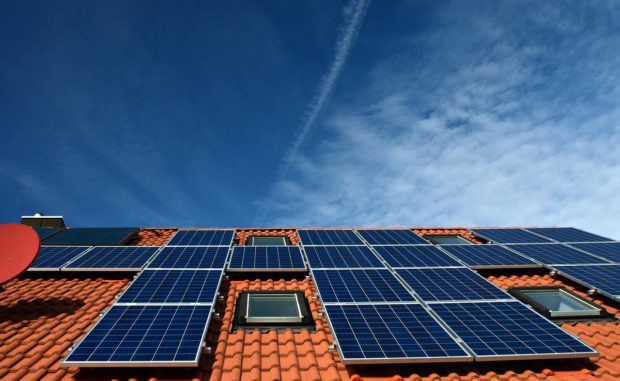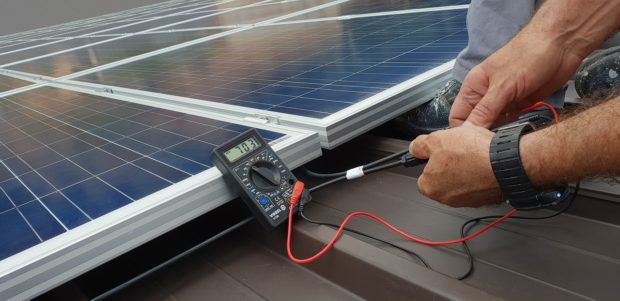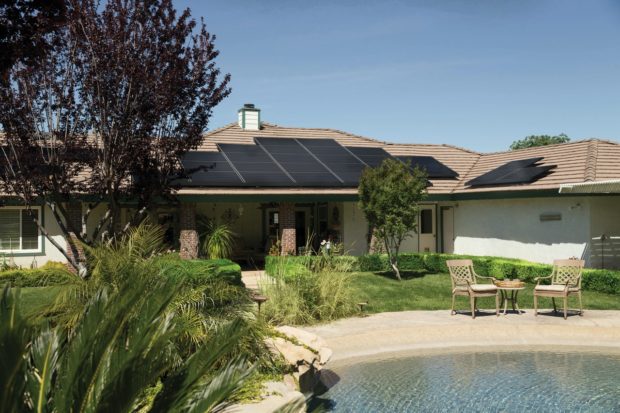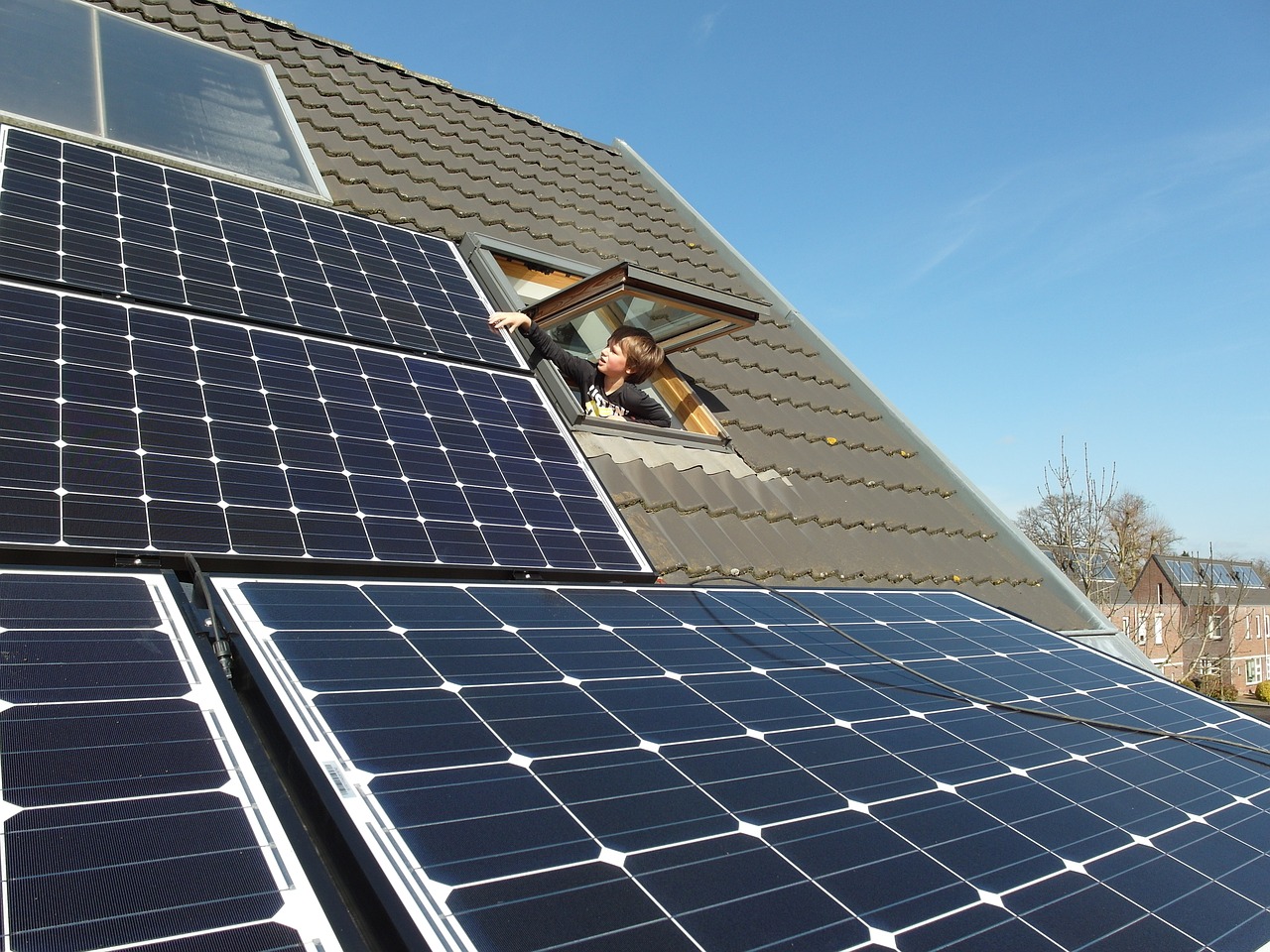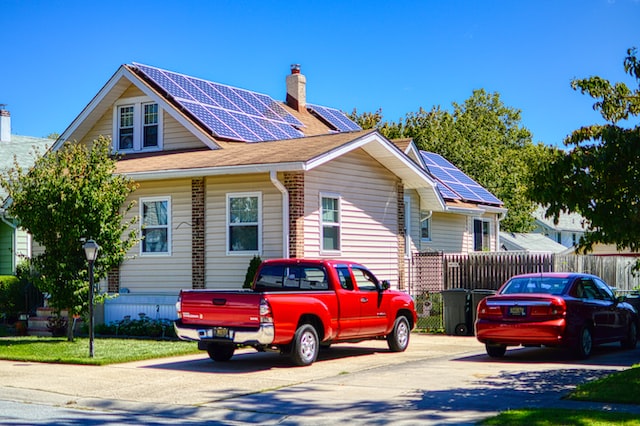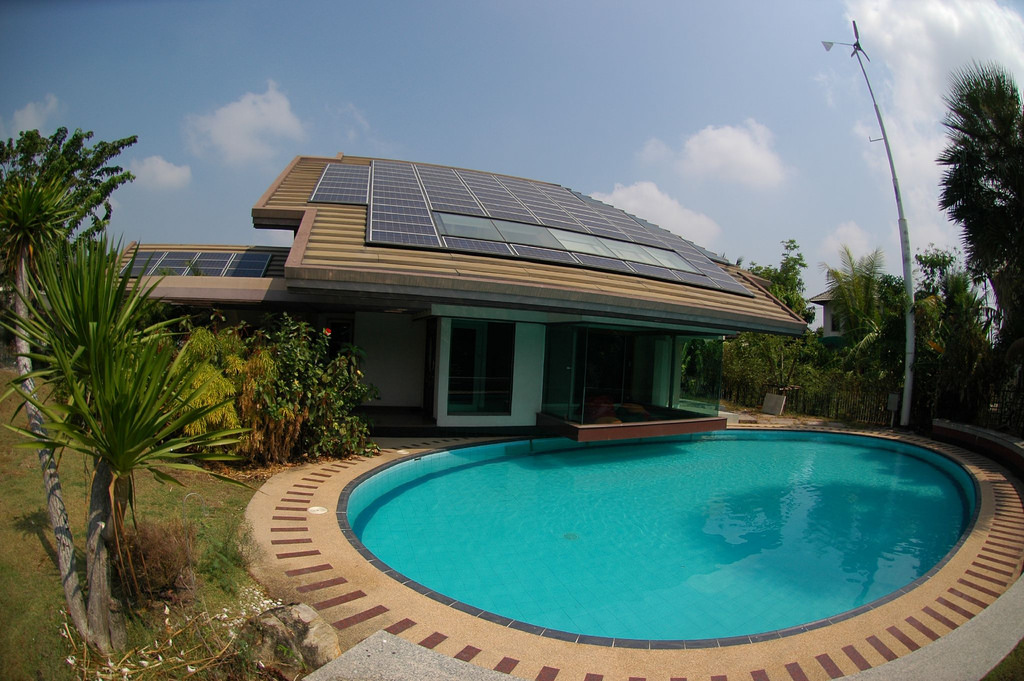Solar energy is one of the most popular forms of renewable energy used in the world. Did you know that there are more than 1 million solar panels installed across the United States? Find out these other interesting facts about how solar energy is impacting our society every day.
A renewable source
The sun is a massive nuclear fusion reactor, constantly converting hydrogen atoms into helium and radiating an enormous amount of energy in the process. Solar energy is not a new technology or concept. You can learn more about it in this solar lights guide. It’s been around almost as long as human beings have been able to use simple tools to keep themselves warm and light their homes.
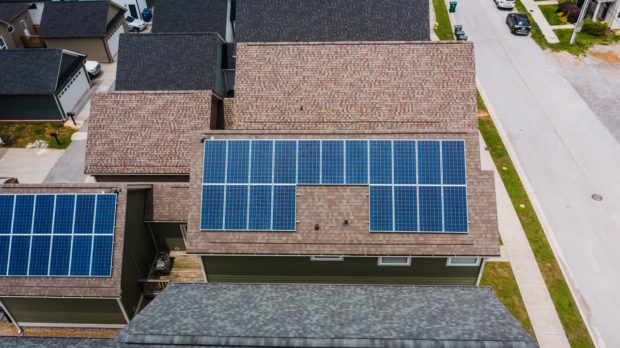
The first solar energy experiments occurred in 1873, but it wasn’t until the 1970s that solar was considered cost-competitive on a larger scale due to technological advancements. The United States Department of Energy explains the benefits as well as the technologies used in today’s modern photovoltaic cells and systems.
Solar energy is clean and green
In many ways, solar energy is the polar opposite of fossil fuels when it comes to environmental impact. Solar technology has few carbon emissions or toxic components, unlike oil and gas exploration and refinement that have been plummeting up after the Pandemic 2019 lockdowns. It also doesn’t contribute to air pollution in the same way that transport and power generation from natural resources do. According to experts, the sun is a nearly limitless source of energy, and harnessing its abundant power is good for the environment.
Solar energy technologies have come a long way
In just a few decades, solar energy has revolutionized our understanding of how to use this renewable resource in smart and efficient ways. Solar cells today are roughly twice as efficient as they were in the 1970s. In 1969, 10% efficiency was considered a breakthrough in solar cell technology. Today’s panels can reach more than 20% efficiency, and engineers predict that it may be possible for them to go even higher in the future.
Solar energy is more popular than ever before, and it’s growing at an exponential rate. The average American household uses about 10,000 kWh of energy in a year. That’s enough electricity to power ten 100 watt light bulbs round the clock for twelve years running! As the costs of solar energy continue to fall, it’s becoming common for homeowners and businesses to jump on the bandwagon.
Many countries around the world are encouraging citizens to make the switch to renewable resources like solar power. Germany, China, India, Australia, Brazil, and Turkey are just a few examples of national governments that have made significant investments in solar technology. In doing so, these countries are not only improving the environment, but they’re also creating a strong and sustainable global economy for future generations.
Solar energy is adaptable
The sun is a universal power source for everyone on the planet. Solar technology is usable by homes, businesses, and communities of all sizes and can be utilized in a variety of different settings. An increasing number of homeowners are finding that solar panels not only provide ample power for their own needs, but they also give them the ability to share their excess energy with family members and neighbors who may not have access to this renewable resource. The sun’s bountiful power is a great way to create a more sustainable future for everyone.
Solar panels can be installed on roofs, in yards, or in parking lots. To best capture the sun’s energy, they should be installed in an area that gets a lot of direct sunlight. Most solar panels are made up of photovoltaic (PV) cells, which convert the sun’s energy into electrical current. When used in conjunction with a storage system like a battery, solar panels can provide power around the clock.
It is affordable
As solar technology becomes more competitive with other energy sources like coal, natural gas, and oil, the costs will continue to drop. The U.S. Department of Energy explains that today’s solar panels are roughly twice as efficient as they were in the 1970s. Many countries around the world now offer financial incentives through tax credits or rebates to encourage homeowners and companies to go solar. For example, the U.S. government is currently offering a 30% federal tax credit for consumers who purchase solar panels intending to generate their electricity.
Whether it’s powering research stations in extreme climates or providing electricity for remote communities around the world, solar energy is a beneficial technology that’s adaptable to every situation. It has even been used to help bring power and light back to Puerto Rico and other Caribbean islands affected by hurricanes. Solar energy can be used as a supplemental source of power, or it can provide everything necessary to sustain life off the grid.

